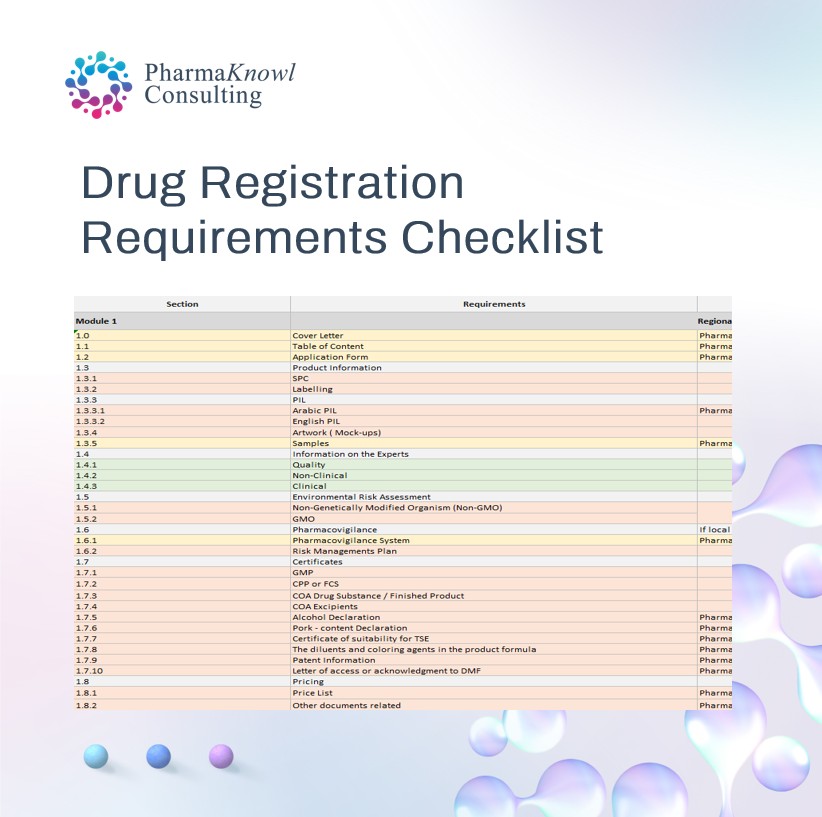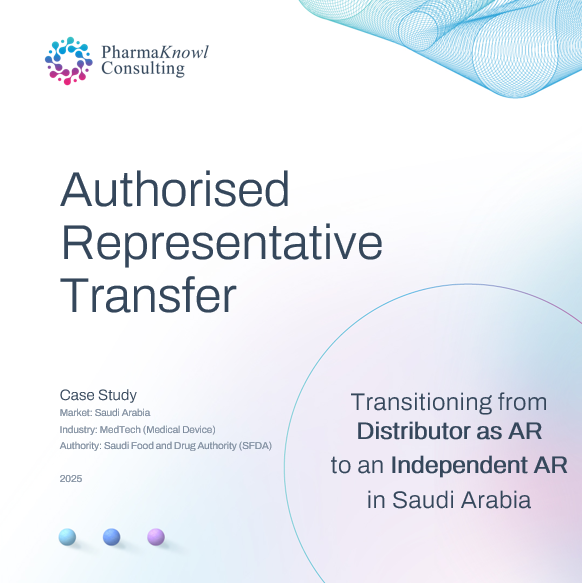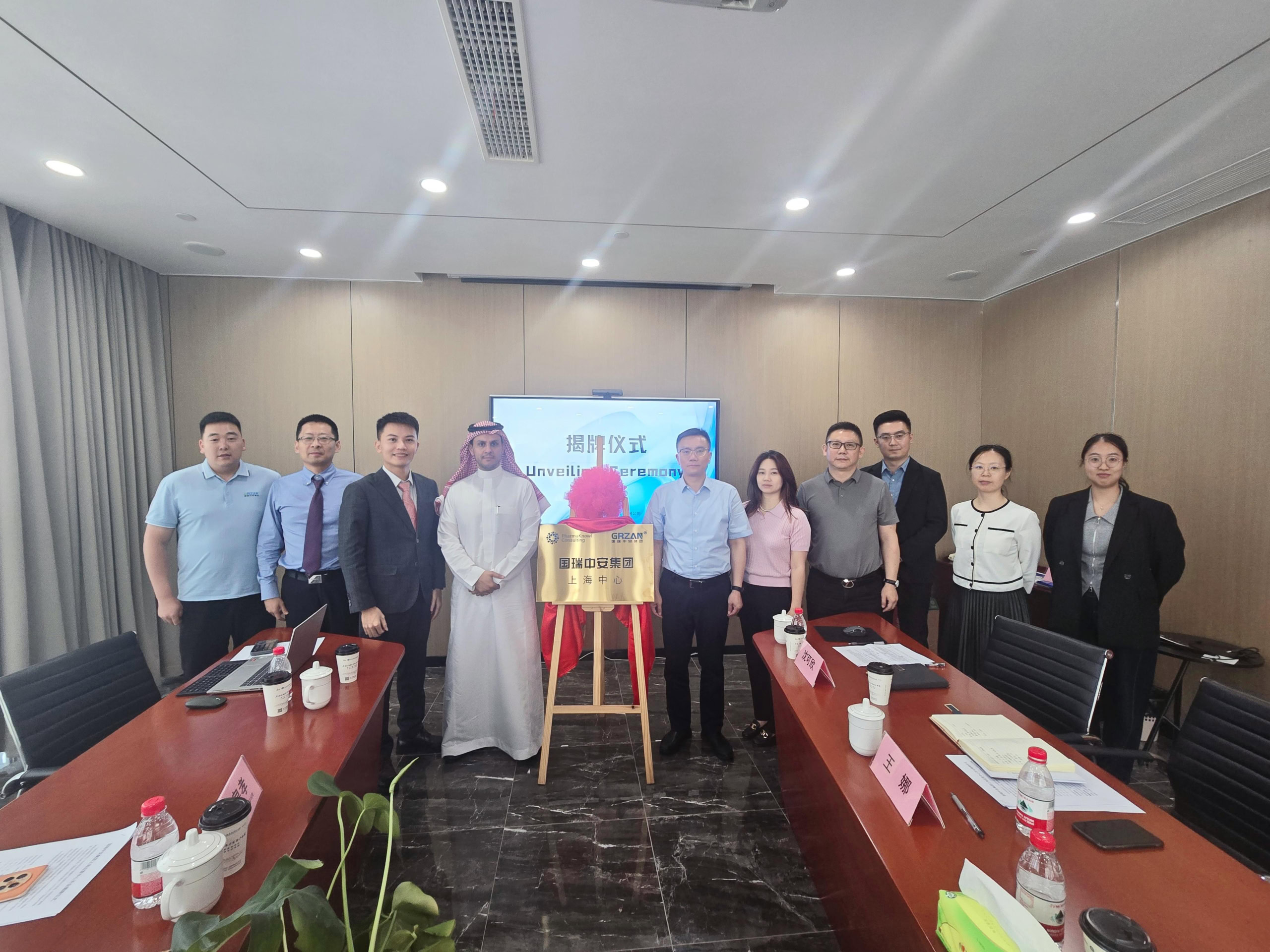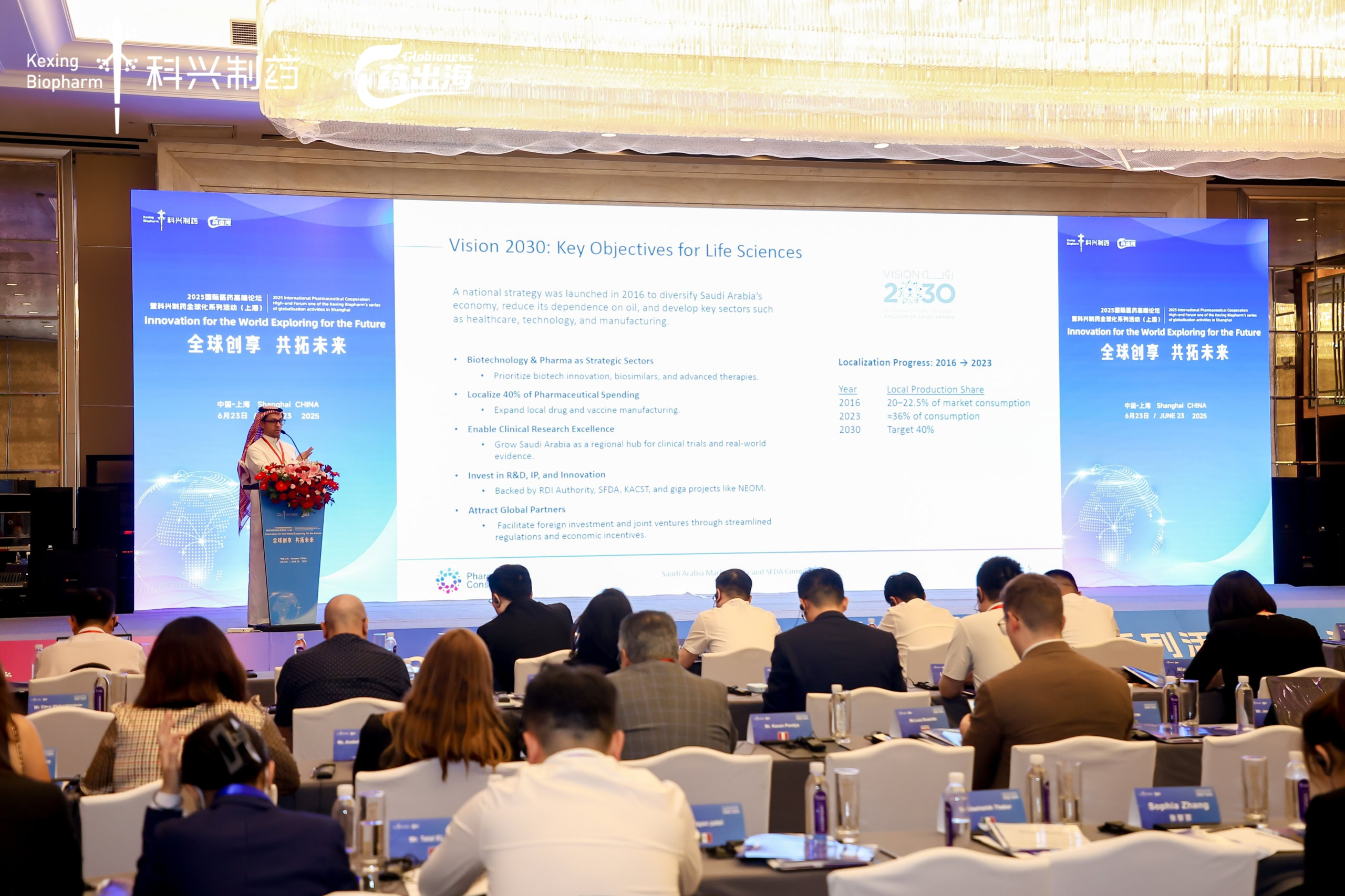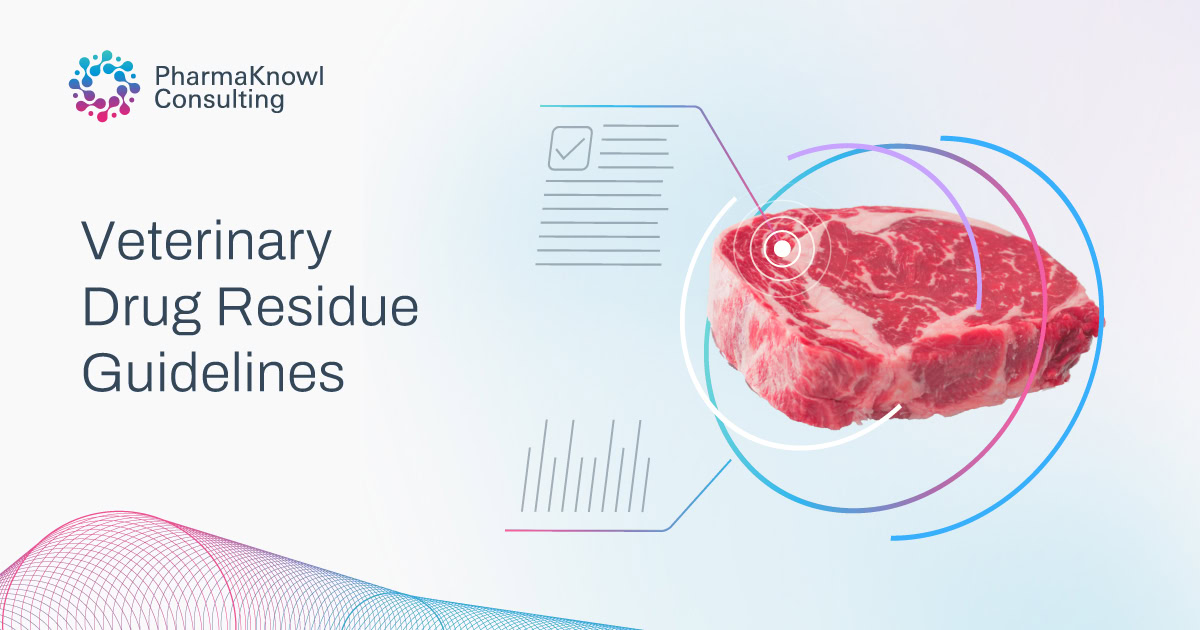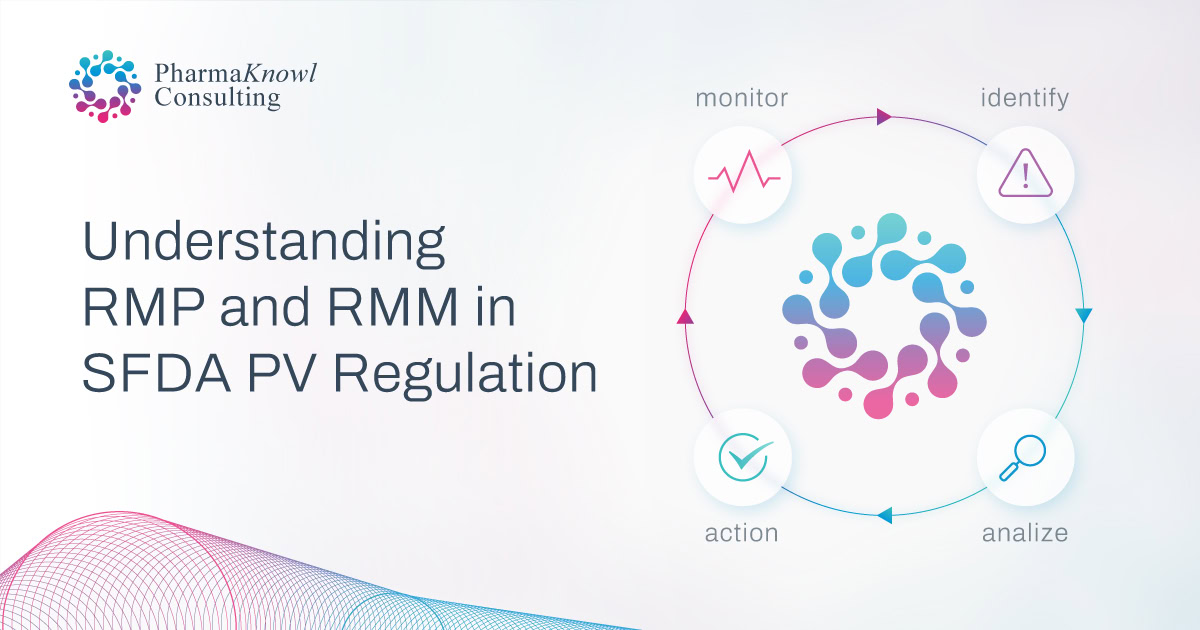
About the Author
Yara Aljadeed
I am a Pharmacists, (Pharm D), working as Pharmacovigilance Associate and deputy QPPV in PharmaKnowl.
Risk Management Plans (RMP) and Risk Minimization Measures (RMM) are crucial in ensuring medicinal products’ safe and effective use. They are part of the pharmacovigilance activities implemented to minimise and manage the risks associated with using medications, ultimately safeguarding patient health and well-being. In this article, I will provide an overview of RMP and RMM, discuss their necessity, delve into the specific requirements set by the Saudi Food and Drug Authority (SFDA), explore the planning and distribution aspects of RMP and RMM, and examine the relationship between these two risk management strategies.
Table of contents
What are RMP and RMM?
A risk Management Plan (RMP) is a comprehensive document that outlines the strategies and activities intended to identify, assess, and manage the risks associated with a medicinal product. RMP provides a proactive and systematic approach to risk management throughout the product’s lifecycle. They include an assessment of the product’s safety profile, identification of potential risks, evaluation of their significance, and the development of risk minimisation measures. RMP also encompasses plans for ongoing safety monitoring, collection of real-world data, and periodic evaluation to ensure that the product’s risks remain acceptable concerning its benefits.
Risk Minimization Measures (RMM) are specific actions and strategies implemented to minimise or mitigate the risks associated with the use of medicinal products. These measures aim to enhance patient safety and ensure the product’s benefits outweigh its potential risks. RMM can include various interventions, such as additional warnings on product labels, educational materials for healthcare professionals and patients, restricted distribution programs, special monitoring requirements, or the implementation of specific prescribing or dispensing practices.
Why do we need RMP and RMM?
Risk Management Plans (RMP) and Risk Minimization Measures (RMM) are essential tools in various industries for effectively identifying, assessing, and mitigating risks. These measures provide structured frameworks that help organisations manage potential hazards, protect stakeholders, and ensure operational continuity. This article will explore why RMP and RMM are indispensable components of risk management strategies.
Safety and Risk Reduction
The foremost reason for implementing RMP and RMM is to ensure the safety and well-being of individuals, communities, and the environment. By identifying and assessing potential risks, organisations can develop strategies to minimise or eliminate them. RMP and RMM help establish preventive measures, safety protocols, and risk mitigation strategies that protect people from harm and reduce the likelihood of accidents, injuries, or adverse events.
Legal and Regulatory Compliance
Compliance with legal and regulatory requirements is crucial for organisations operating in various industries. RMP and RMM help organisations meet these obligations by providing guidelines and frameworks that align with industry standards and regulatory frameworks. They enable organisations to identify the specific regulations applicable to their operations and develop strategies to comply with them. By implementing RMP and RMM, organisations can avoid legal repercussions, penalties, and reputational damage associated with non-compliance.
Effective Risk Management
RMP and RMM contribute to effective risk management by providing a structured approach to identifying, assessing, and mitigating risks. They help organisations proactively identify potential risks, evaluate their potential impact, and develop strategies to manage or reduce them. RMP and RMM enable organisations to allocate resources effectively, implement preventive measures, and establish contingency plans to address identified risks. By adopting a systematic risk management approach, organisations can minimise the impact of risks and ensure operational resilience.
Stakeholder Protection and Trust
Implementing RMP and RMM demonstrates an organisation’s commitment to protecting its stakeholders, including customers, employees, and the broader community. By prioritising risk management, organisations build trust and confidence among stakeholders. When stakeholders perceive that an organisation prioritises their safety and well-being, they are more likely to trust and engage with its products, services, or activities. RMP and RMM contribute to building a positive reputation and long-term relationships with stakeholders.
Business Continuity and Resilience
RMP and RMM are crucial for ensuring business continuity and resilience. By identifying potential risks and developing strategies to mitigate them, organisations can minimise disruptions to their operations. RMP and RMM enable organisations to establish contingency plans, emergency response procedures, and business continuity strategies to address potential risks. By being prepared and implementing risk management measures, organisations can minimise the impact of adverse events and ensure the continuity of critical operations.
Continuous Improvement
RMP and RMM support a culture of continuous improvement within organisations. Regular monitoring and evaluation of risk management strategies allow organisations to gather feedback, identify areas for improvement, and refine their risk management practices. Organisations can update their RMP and RMM to address new challenges and evolving industry standards by analysing incidents, near misses, and emerging risks. Continuous improvement through RMP and RMM ensures organisations stay ahead of potential risks and maintain effective risk management practices.
RMP Requirements
-
- RMP Development
Pharmaceutical companies are expected to develop a comprehensive Risk Management Plan (RMP) for their medicinal products. The RMP should include detailed information on the risk assessment, risk minimisation strategies, and the rationale behind these strategies.
- RMP Development
-
- Post-Marketing Surveillance
After drug registration, the SFDA requires pharmaceutical companies to establish post-marketing surveillance systems to continuously monitor the safety and efficacy of medicinal products. The RMP should outline the procedures and mechanisms for post-marketing surveillance, including the reporting requirements to the SFDA.
- Post-Marketing Surveillance
-
- Signal Detection and Management. The RMP should include provisions for signal detection and management. This involves the ongoing monitoring and evaluation of safety data to identify and assess potential new risks or changes in the medicinal product’s risk-benefit profile.
-
- Periodic Benefit-Risk Evaluation. The RMP should outline procedures for conducting periodic benefit-risk evaluations of the medicinal product. These evaluations assess the overall balance between the benefits and risks and may lead to updates or changes in risk minimisation strategies.
-
- Labelling Requirements. The RMP should address the specific labelling requirements set by SFDA. This includes ensuring the product labelling accurately reflects the identified risks and the recommended risk minimisation measures.
-
- Compliance and Reporting Pharmaceutical companies must comply with the SFDA’s requirements for RMP and RMM throughout the product’s lifecycle. This includes ongoing monitoring, evaluation, and reporting of safety data and any updates or changes to the risk minimisation strategies.
RMM Requirements
-
- Risk Assessment Pharmaceutical companies must conduct a comprehensive risk assessment for their medicinal products. This includes identifying potential risks, such as adverse effects, drug interactions, contraindications, and other safety concerns.
-
- Risk Minimization Strategies Based on the risk assessment, pharmaceutical companies are required to develop risk minimisation strategies. These strategies should outline specific measures and activities to minimise the identified risks associated with the product.
-
- Educational Materials Pharmaceutical companies should develop educational materials for healthcare professionals and patients that provide information on medicinal products’ safe and effective use. These materials should communicate the potential risks, precautions, and necessary actions to mitigate the risks.
-
- Restricted Distribution Programs In some cases, SFDA may require pharmaceutical companies to implement restricted distribution programs for certain high-risk products. These programs ensure that the medicinal product is only dispensed to authorised healthcare professionals or specialised centres with the expertise to handle the associated risks.
RMM Distribution Plan
Risk Minimization Measure (RMM) Distribution Plans are strategic frameworks developed by pharmaceutical companies to ensure the safe and responsible distribution of their medicinal products. These plans outline the controlled and monitored distribution of a specific medication, primarily mitigating identified risks and promoting appropriate use. Critical elements of an RMM Distribution Plan include restricted access, a secure supply chain, targeted education initiatives, and continuous monitoring systems. By implementing comprehensive RMM Distribution Plans, pharmaceutical companies demonstrate their commitment to patient safety and responsible medication management, ultimately contributing to improved healthcare outcomes and enhanced public trust in the industry.
The relationship between RMP and RMM
The relationship between RMP and RMM is that RMM is a vital component of the RMP. Here’s a closer look at their relationship:
RMP as a Comprehensive Framework
RMP is a comprehensive document that outlines the strategy and approach for managing risks associated with a specific medicinal product. It provides a structured framework for risk assessment, minimisation, and monitoring.
Risk Assessment and Identification
The RMP includes a detailed risk assessment process that identifies and evaluates potential risks associated with the medicinal product. This involves analysing data from clinical trials, post-marketing surveillance, and scientific literature to determine the likelihood and severity of adverse effects and other safety concerns.
Development of Risk Minimization Strategies
Based on the risk assessment findings, the RMP guides the development of RMMs. RMMs are specific actions, interventions, or strategies designed to minimise the identified risks and enhance the safe use of the medicinal product.
Implementation of RMM
The RMP provides guidance on implementing the RMMs. It outlines the steps, activities, and interventions needed to effectively minimise the identified risks. Examples of RMMs can include educational materials, training programs, restricted distribution programs, additional monitoring requirements, or changes to product labelling.
Monitoring and Evaluation
The RMP establishes mechanisms for ongoing monitoring and evaluation of the effectiveness of the RMM. This includes collecting and analysing safety data, reporting adverse events, signal detection for emerging risks, and periodic reassessment of the medicinal product’s risk-benefit profile.
Compliance and Reporting
Pharmaceutical companies must comply with the RMP as part of their regulatory obligations. This involves adhering to the risk minimisation strategies outlined in the RMP, conducting regular assessments, and reporting safety data and updates to regulatory authorities as required.
In summary, RMM is an integral part of the broader RMP. The RMP provides the strategic framework and guidance for managing risks associated with a medicinal product, while the RMM represents the specific measures and actions implemented to minimise those risks. Together, they form a comprehensive approach to risk management throughout the product’s lifecycle.
Conclusion
Risk Management Plans (RMP) and Risk Minimization Measures (RMM) are essential components of risk management strategies in various industries, particularly the pharmaceutical sector. They are crucial for minimising and managing potential risks associated with products or processes, ensuring safety, compliance, and effective risk mitigation. The SFDA has specific requirements for RMP and RMM, emphasising the importance of comprehensive risk assessment, appropriate risk minimisation measures, and ongoing safety monitoring. Effective planning and distribution of RMM materials and educational resources are vital for informing stakeholders about risks and the measures in place to mitigate them. RMP and RMM are closely intertwined, with RMM representing the practical implementation of risk minimisation measures outlined in the RMP. By adhering to these strategies, organisations can enhance safety, maintain regulatory compliance, and effectively manage risks to achieve optimal outcomes.
Read More


